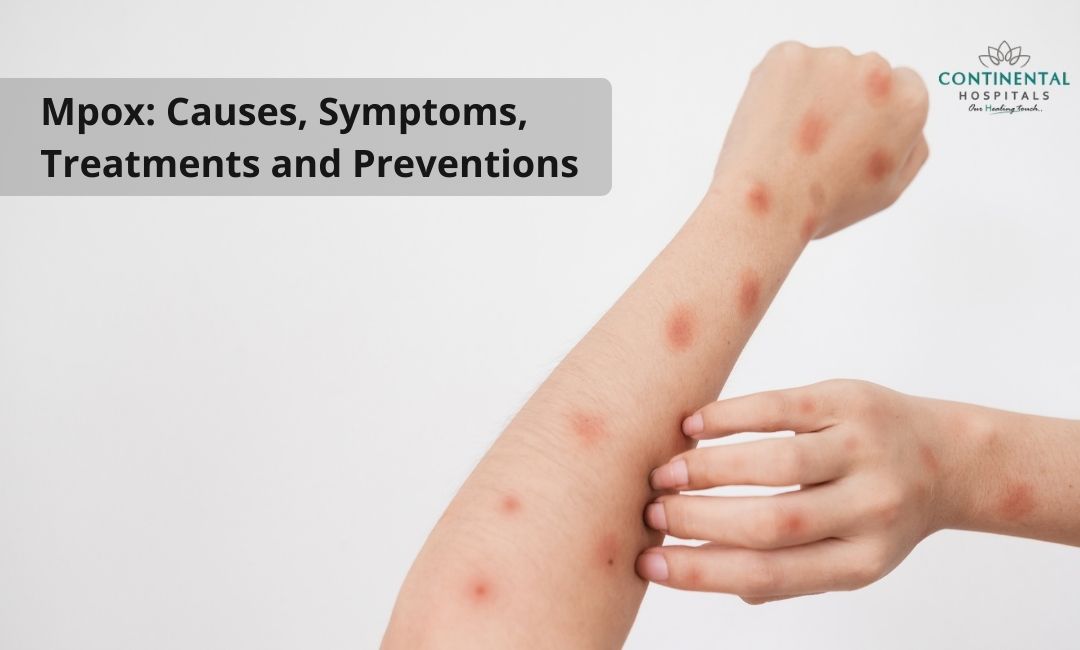Mpox, formerly known as monkeypox, is a viral disease that has garnered global attention due to its potential impact on public health. While it is relatively rare compared to other viral infections, understanding its causes, symptoms, treatments, and prevention strategies is crucial for managing and mitigating its spread. This comprehensive guide delves into these aspects to provide a thorough overview of Mpox.
What is Mpox?
Mpox is caused by the Mpox virus, a member of the Orthopoxvirus genus, which also includes the variola virus (smallpox) and the vaccinia virus (used in smallpox vaccination). The virus was first identified in monkeys in 1958, hence the name, though it primarily affects rodents in the wild. Human cases of Mpox were first reported in 1970 in the Democratic Republic of the Congo. Since then, the disease has been reported in various parts of Africa and, more recently, in other regions, including North America and Europe.
Causes of Mpox
Mpox is primarily transmitted to humans through contact with infected animals. The virus can be spread through several routes:
Animal-to-Human Transmission: This occurs when individuals come into direct contact with the blood, bodily fluids, or skin lesions of infected animals, such as rodents and primates. It can also occur through handling or consuming the meat of infected animals.
Human-to-Human Transmission: While less common, Mpox can spread between humans through respiratory droplets, especially during prolonged face-to-face contact. It can also spread through direct contact with infectious lesions, bodily fluids, or contaminated materials, such as bedding or clothing.
Mother-to-Child Transmission: There is evidence that Mpox can be transmitted from an infected mother to her baby during pregnancy or childbirth.
Symptoms of Mpox
Fever: A high temperature often accompanied by chills.
Headache: Persistent or severe headaches.
Muscle Aches: General muscle pain and discomfort.
Backache: Pain in the lower back.
Fatigue: Extreme tiredness and weakness.
Lymphadenopathy: Swollen and painful lymph nodes, typically seen in the neck, armpits, or groin.
Rash: A characteristic rash that progresses through several stages:
Flat, red spots: Initially appears as flat, red patches on the skin.
Raised bumps: Spots evolve into raised, solid bumps.
Fluid-filled blisters: Bumps turn into fluid-filled vesicles.
Scabs: Blisters eventually form scabs that fall off.
Sore Throat: Pain or irritation in the throat.
Cough: Persistent cough or respiratory symptoms.
Conjunctivitis: Red, inflamed eyes (in some cases).
Diagnosis of Mpox
Diagnosing Mpox can be challenging due to its similarity to other viral infections. Diagnosis is typically confirmed through laboratory tests, which may include:
Polymerase Chain Reaction (PCR) Testing: This is the most reliable method for detecting Mpox virus DNA in clinical samples, such as lesions, blood, or throat swabs.
Serology: Blood tests can detect antibodies produced in response to Mpox infection, but these tests are less commonly used.
Virus Isolation: In some cases, the virus can be isolated from clinical specimens in specialized laboratories.
Treatment for Mpox
Currently, there is no specific antiviral treatment approved for mpox. However, some antiviral drugs used to treat smallpox, such as tecovirimat (TPOXX), may be considered for severe cases or those at high risk of complications.
Most people recover from mpox within a few weeks with supportive care, including:
- Pain management
- Fever reduction
- Keeping the skin clean and dry
- Adequate fluid intake
Severe cases may require hospitalization.
Prevention of Mpox
Preventing Mpox involves several strategies aimed at reducing the risk of infection:
Practicing Good Hygiene: Regular handwashing with soap and water, or using hand sanitizer, can help reduce the risk of transmission. Avoiding close contact with individuals who have symptoms of Mpox is also important.
Use of Personal Protective Equipment (PPE): In healthcare settings, PPE such as gloves, masks, and gowns should be used when caring for patients with Mpox or handling potentially contaminated materials.
Vaccination: While routine vaccination against Mpox is not currently recommended, it may be considered for individuals at high risk of exposure, such as healthcare workers or those in close contact with infected individuals.
Surveillance and Monitoring: Public health authorities monitor Mpox cases and outbreaks to implement control measures and provide guidance to healthcare providers and the public.
Mpox, although rare, presents significant health challenges due to its potential for severe illness and transmission. Understanding its causes, recognizing symptoms, and implementing appropriate treatment and prevention strategies are crucial for managing the disease effectively. By staying informed and following recommended preventive measures, individuals and communities can help reduce the impact of Mpox and protect public health.
Related Blog Topics:
.webp)














